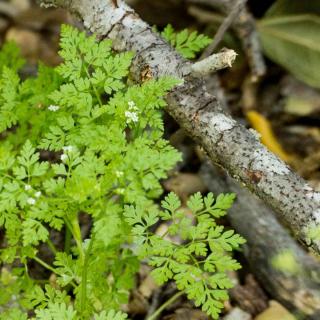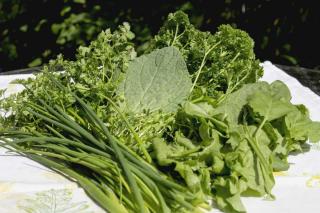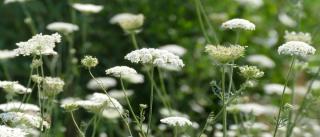

Chervil is a very tasty herb that loves cool and shaded locations.
A summary of key chervil facts
Name – Anthriscus cerefolium
Family – Apiaceae (parsley family)
Type – herb plant, annual
Height – 16 to 24 inches (40 to 60 cm)
Exposure – part sun and shade
Soil – light, airy
Flowering – June to September
Harvest – April to September
Caring for it from sowing to harvest is easy and its growth is quite rapid.
Planting chervil, or sowing for those who prefer to start from seed, is rather easy.
First of all, chervil is an herb that doesn’t cope well with heat. It’ll be fine in the sun in spring and fall but will need shade in summer.
Chervil likes well-drained, light and rather cool ground.

Even though it isn’t very vulnerable to diseases and parasites, like most herbs and spices, chervil is nonetheless subject to being invaded by aphids and fungus, downy mildew and rust.
Harvest comes quickly after the sowing because there’s about 1 to 1½ months lead time from sprouting to harvest for the first chervil leaves.
Leaves are cut off whenever they’re needed, during the entire vegetation phase. Best wait for a full month after sowing though.
Common chervil or ‘Crispum’ chervil, this herb presents us with a subtle strong flavor that you will prefer fresh because it tends to lose its taste when dried.

Being rather easy to grow, this plant is delicious when added to omelets, fried mushrooms, mixed salads, soups and gravy meals.
If you wish it to keep, it is best to freeze it, putting it in an airtight jar before doing so.

Read also:
When pairing it with hot meals, don’t add it until the last moment, or it will lose all its flavor.
Snip it up just a bit with scissors and toss it in just before serving.